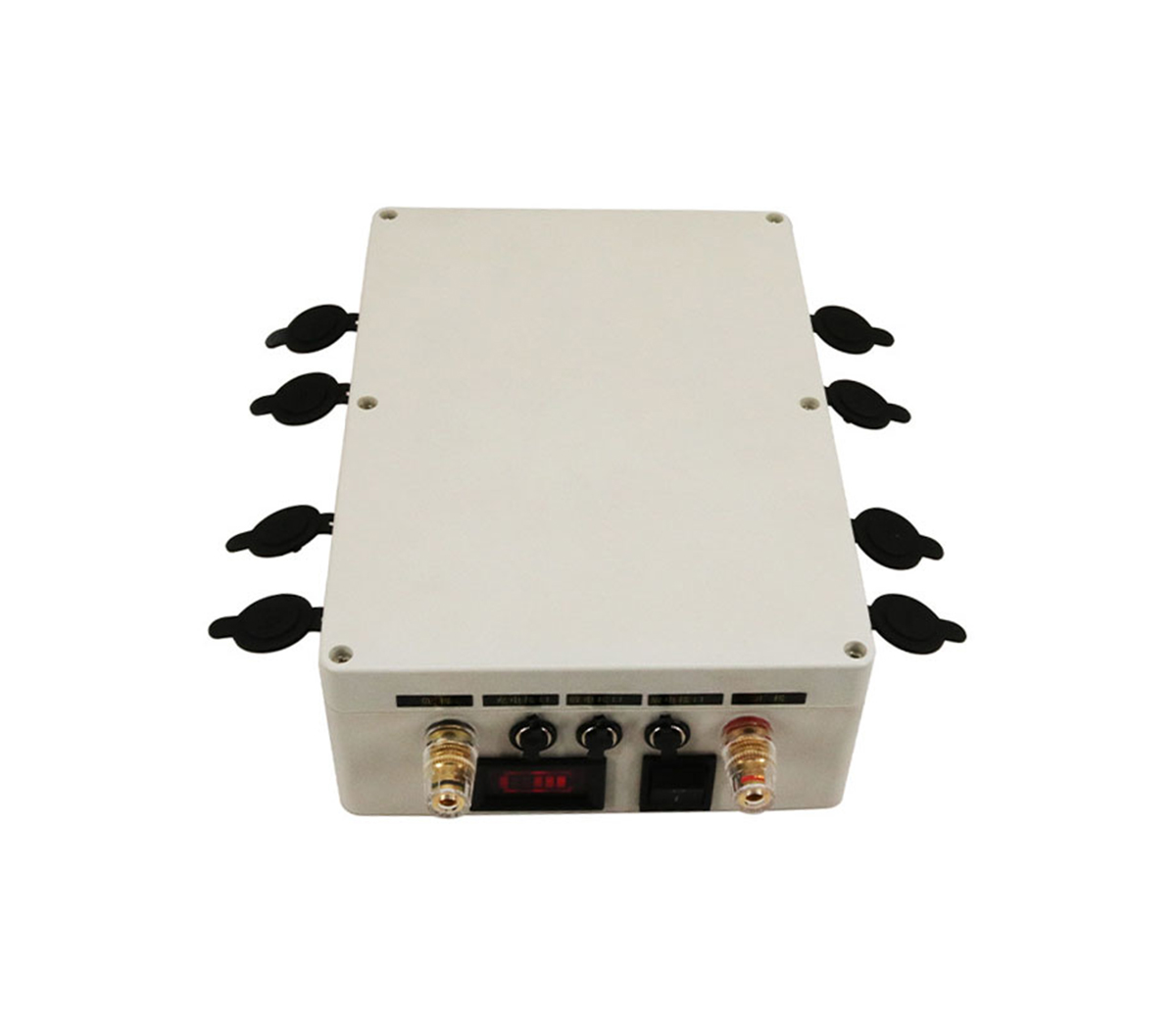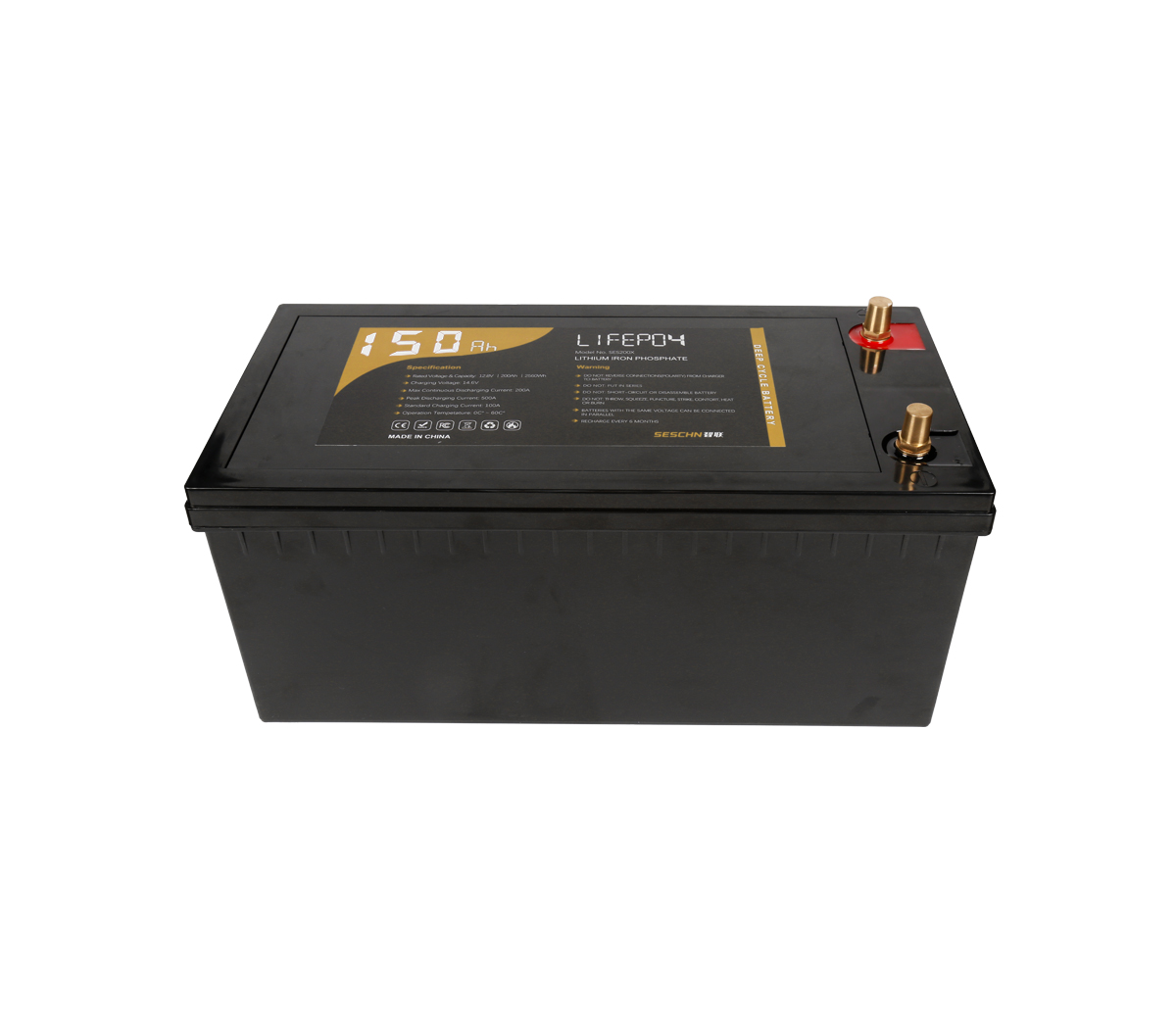Life and death of charging piles-subsidies for debt issuance and expansion
of other industries, only seeking break-even
A large number of companies have also begun to seek profitable methods
other than the charging business, such as advertising, insurance, finance, car
sales, vehicle leasing, and big data in the automobile industry that use
charging piles as the entrance. According to the estimate of more than 4.8
million distributed charging piles announced by the Development and Reform
Commission in 2020, if each charging pile can obtain 200 yuan/year advertising
revenue, the advertising market of distributed charging piles will reach 1
billion yuan by 2020.
Yu Dexiang, chairman of Treide, the first stock in the charging pile
industry, stated in the "Letter to Treide Shareholders" recently released that
the goal of Special Call in 2018 is to reduce losses to about 100 million yuan
and strive to achieve profit and loss. balance.
This reveals the current status of the charging pile industry. The large
initial investment in the construction of charging piles, the unclear business
model, and the difficulty in profitability have caused many companies to stay
away. The business model of the entire charging pile industry is still in the
process of exploring.
The greater the demand for charging piles, the greater the losses of pile
enterprises
According to data from the Ministry of Industry and Information Technology,
the production and sales volume of new energy vehicles in China in 2017 reached
794,000 and 777,000 respectively, and the cumulative number of new energy
vehicles reached 1.8 million, accounting for more than 50% of the global market,
ranking first in the world for three consecutive years. Ninety percent of new
energy vehicles are electric vehicles that need to be charged, so charging
facilities have become an important factor in the new energy vehicle
industry.
According to the data shown in the "Charging Pile Industry Forecast and
Investment Analysis Report", the gap between the piles is still widening. As of
the end of 2017, China had built a total of about 210,000 public charging piles,
with a total vehicle pile ratio of about 8:1, which is far from meeting the
normal charging needs of new energy vehicles.
There are currently more than 100 operators in the charging pile market.
The top four operators, State Grid, Terad (Special Call), Putian, and Wanbang
(Star Charging), account for 86% of the market.
According to Zhu Jianzhong, general manager of Star Charging Private
Charging, the charging pile market generally has the status quo that the cost is
recovered and the profit cycle is too long.
The main profit of charging pile operation comes from three parts: service
fee, electricity price difference and value-added services. Charging electricity
and service fees are the basic profit methods for most operators at present.
According to research reports by a number of securities firms, according to
the average market price, the average cost of slow charging public charging
piles is 20,000 yuan, and the cost of fast charging piles is between 100,000 and
200,000 yuan, plus land use fees, infrastructure, power distribution facilities,
Operating and other costs, relying only on the price difference between
electricity sales and charging service fees, are difficult to achieve
profitability goals in the short term.
Take a bus charging station with 10 120KW DC charging piles as an example.
The initial investment cost is about 5 million yuan, and the annual operating
cost of the charging station is about 670,000 yuan. If the vehicle to pile ratio
reaches 6:1, the charging service fee is 0.6 yuan/kWh, the average daily
charging is 5 hours (charging rate 21%), the annual charging capacity is about
2.16 million kWh, and the charging service fee income is about 1.3 million yuan.
After rough calculation, it will take about 8 years to recover the investment
cost.
According to industry insiders, “21% charging rate is normal for
bus-dedicated charging stations, and the average charging rate of charging
stations is far below this level. Good companies in the industry have an average
charging rate of around 15%.” He Said that it is estimated that the return
period of a charging station will be longer.
The Development and Reform Commission, Energy Bureau, Ministry of Industry
and Information Technology, and Ministry of Housing and Urban-Rural Development
jointly issued the "Electric Vehicle Charging Infrastructure Development Guide
(2015-2020)", which clearly stated that by 2020 there will be more than 12,000
centralized charging stations and more than 480 decentralized charging piles.
Million (500,000 public charging piles and 4.3 million private charging piles)
to meet the nation’s 5 million electric vehicle charging needs.
The government has always been inclined to subsidize this field. At
present, more than 30 provinces and cities have issued subsidy policies for the
construction of charging facilities, with subsidies up to 30% of the facility
investment and the maximum subsidy amount of 5 million yuan. Many governments
have also introduced corresponding mechanisms, such as: encouraging individuals
to build charging piles in their own parking spaces and granting a subsidy of
600 yuan for each new charging pile; non-government agencies and public
institutions newly purchasing qualified new energy vehicles, according to 60% of
the central subsidy is given to local supporting subsidies.
Even so, charging piles have the nature of infrastructure, huge investment
and long payback period are the consensus of the industry, and cash flow is the
"fate".


































